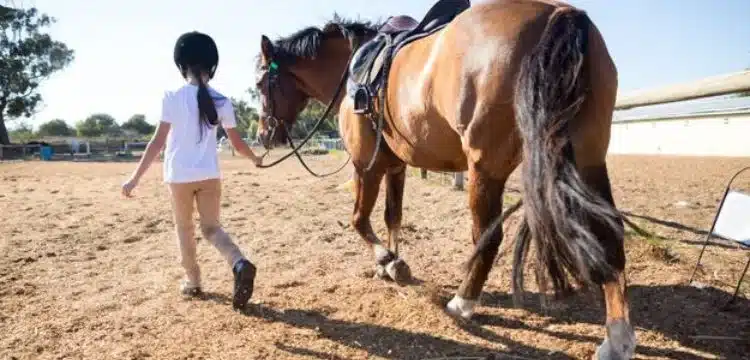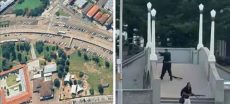[vc_row][vc_column][vc_column_text dp_text_size=”size-4″]
Approximately 19,000 wild horses, locally referred to as “brumbies,” inhabit Kosciuszko National Park, a figure that has increased by around a third in the last two years. Authorities in the New South Wales state aim to reduce this population to 3,000 by mid-2027.
Currently, the national park employs ground-based methods such as trapping, rehoming, and shooting to manage the horse population. However, the state’s environment minister, Penny Sharpe, believes these measures are insufficient, citing the threat posed to threatened native species and the entire ecosystem.
Read more : Leopard that injured citizens in Islamabad’s DHA 2 came from Sihala forest.
Aerial shooting from helicopters was briefly employed in 2000, resulting in the shooting of over 600 wild horses in three days. However, strong public opposition led to the banning of this method.
Opponents of culling argue that wild horses are a part of Australia’s national identity, serving as a nostalgic reminder of the days when resilient stockmen and women worked in the rugged Snowy Mountains. Brumbies are believed to be descendants of horses that either escaped or were abandoned around the early 1800s, and they are celebrated in Australian culture.
Nevertheless, early farmers viewed them as pests that damaged fences and competed with livestock for food. Conservationists share this perspective, contending that wild horses harm native flora through grazing and trampling, contribute to soil erosion, contaminate water sources, and disrupt wildlife burrows.
According to Jacqui Mumford, the head of the Nature Conservation Council, these activities have had a detrimental impact on the unique ecosystems of the Australian Alps. She notes that at least 25 threatened alpine flora and 14 endangered alpine fauna species, including the corroboree frog, the broad-toothed rat, and rare alpine orchids, have been affected.
Australia is home to an estimated 400,000 feral horses, and the Invasive Species Council, a conservation group, supports the decision to resume aerial shooting. They report that the brumby population in New South Wales is growing at a rate of 15 to 18 percent annually, surpassing the number of horses removed through current methods, further exacerbating the issue.
[/vc_column_text][/vc_column][/vc_row]











